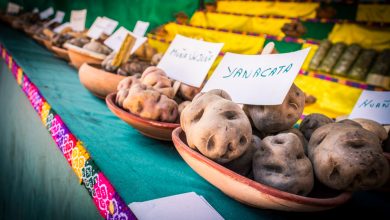Cuzco’s Rocotos, a Varied World of Shape, Color, and Type
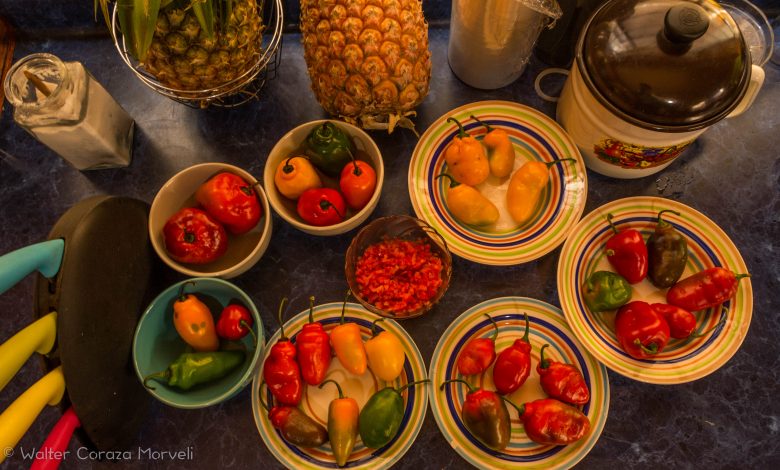
The major hot pepper of Cuzco, the rocoto, flames with heat and yet has a flavor that entices. It comes sliced at the side of a meal, lightly marinated in lime juice and salt to minimize heat, or ground into a hot sauce called an uchukuta. It also appears stuffed and covered in batter, or alone and cooked in a bowl of adobo.
More than a single pepper, it is a family. Specialists say that it is a species composed of different varieties, the capsicum pubescens, one of the five cultivated species of hot peppers. But for the people of Cuzco the word rocoto just means a local hot pepper, almost a synonym of ají, the general Peruvian word for chile peppers. I write almost because it does not, in my experience, include the ajies imported from the coast: the yellow and the panca.
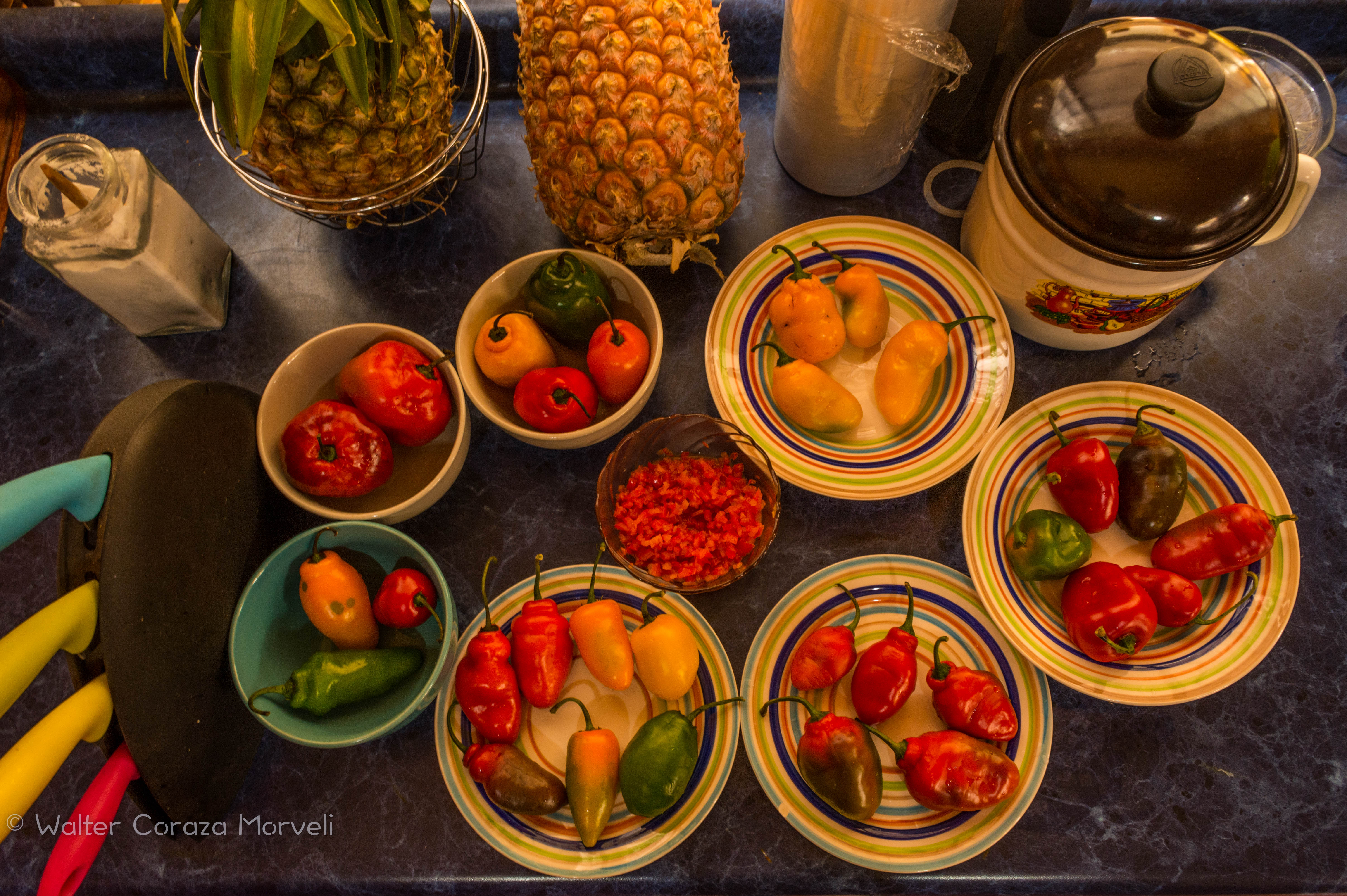
Peru’s National Institute of Agricultural Innovation, INIA, did a study of rocotos in the neighboring state of Arequipa, in order to catalogue indigenous rocoto diversity in order to avoid the disappearance of varieties of this hot pepper. The reported the worked with some two hundred varieties.
Undoubtedly Cuzco has a similar diversity if one goes into all its hills and valleys. Even the different plants grown in gardens in the city probably show a wide diversity.
Roberto Ugás, of the Agrarian University of La Molina, classifies rocotos into three kinds: the plain rocoto, The rocoto of the central jungle, and the rocoto de huerta.


The first two he says are similar in shape and widespread. They are distinguished because the first is a widespread pepper from the middle and lower mountains while the second is adapted to the humid and tropical lowlands, especially the zone of Oxapampa, as a commercial cultivar. From there they travel to Arequipa to become rocoto rellenos (stuffed rocotos), Ugás writes.
The final type, the rocoto de huerta, which translates as garden rocoto is found in the Peruvian south, such as in Cuzco. From Ugás pictures it looks to be shaped differently. Instead of the ball like or elongated and rounded pepper of the other types, this one is a longer than wide and has a definite cap on the top. The rocoto de huerta is supposed to be very hot. Ugás writes that it is a world awaiting discovery.
People in Cuzco say that the rocoto de huerta is different from the rocoto that comes from the nearby upper tropical zone of Marcapapta. And both are said to be different from a smallish, wild rocoto called marate. The rocoto de huerta is separated from the other rocotos, according to local people, by the thickness of its flesh.
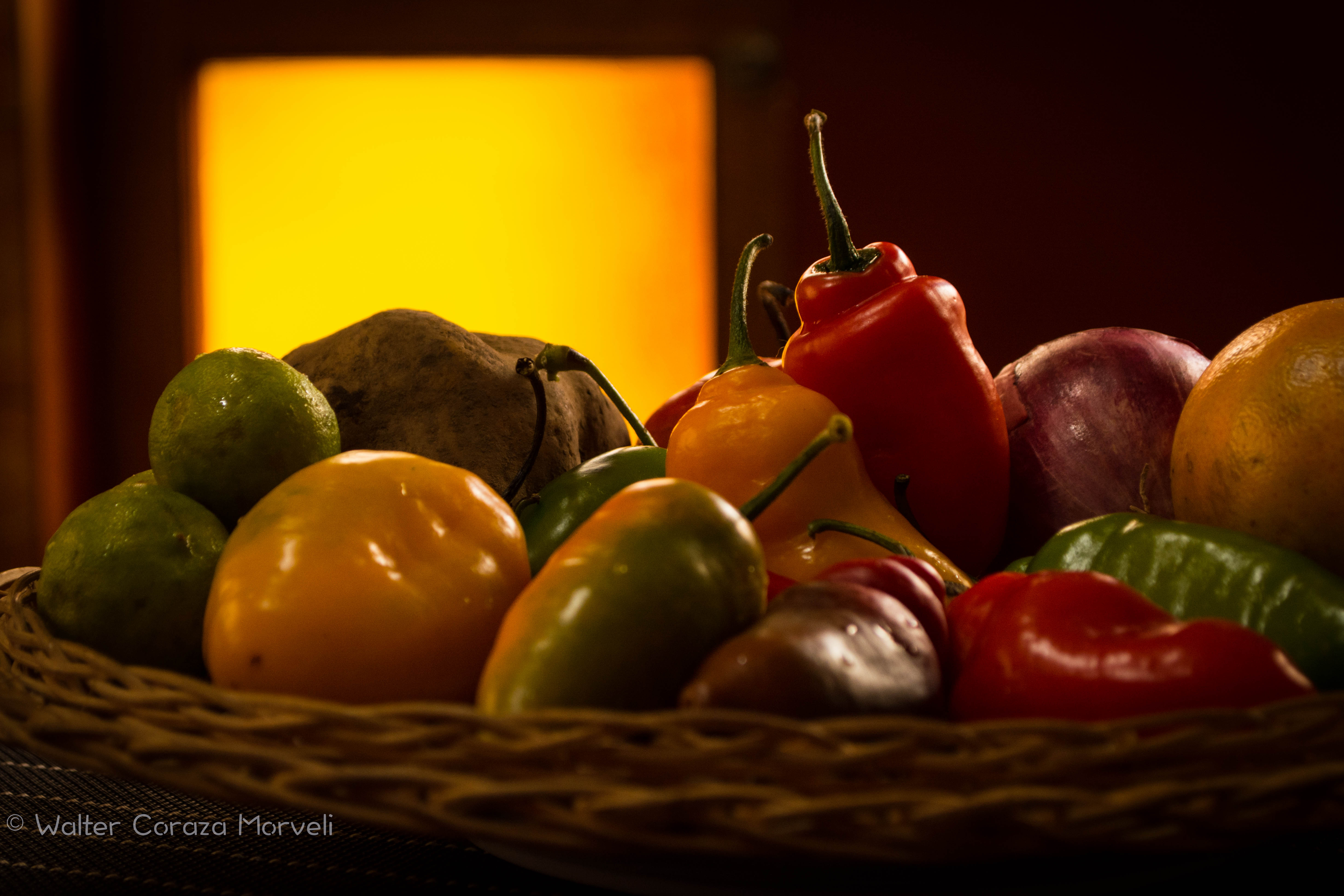
In order to get a sense of the variety of shapes and colors of rocotos available in Cuzco, we went to the Cascaparo wholesale market early on a Saturday morning and for contrast picked up a couple of big rocotos from the Plaza Vea supermarket.
Each of the two large rocotos cost about 0.79/S and are probably what Ugás denominates as the rocoto from the central jungle. (In the first photo these are found on the top left).
I also bought 1/S of rocotos from the community of Marcapata where they specialize in supplying rocotos for the market of Cuzco. These are large, not as large as those from the central jungle, but larger than the others and they are even in size (second from left, first photo) However, while the rocotos from the central jungle are red, at least as far as what was available in the supermarket, those from Marcapata came in a range of colors, from green (unripe) to yellow, orange, and red.
Then I bought a 1/S amount from various other places in Cuzco. The vendors offered these in very limited amounts and they were extremely varied although many had the more tubular and wrinkled shape that Ugás lists for rocotos de huerta, which all of these are supposed to be.
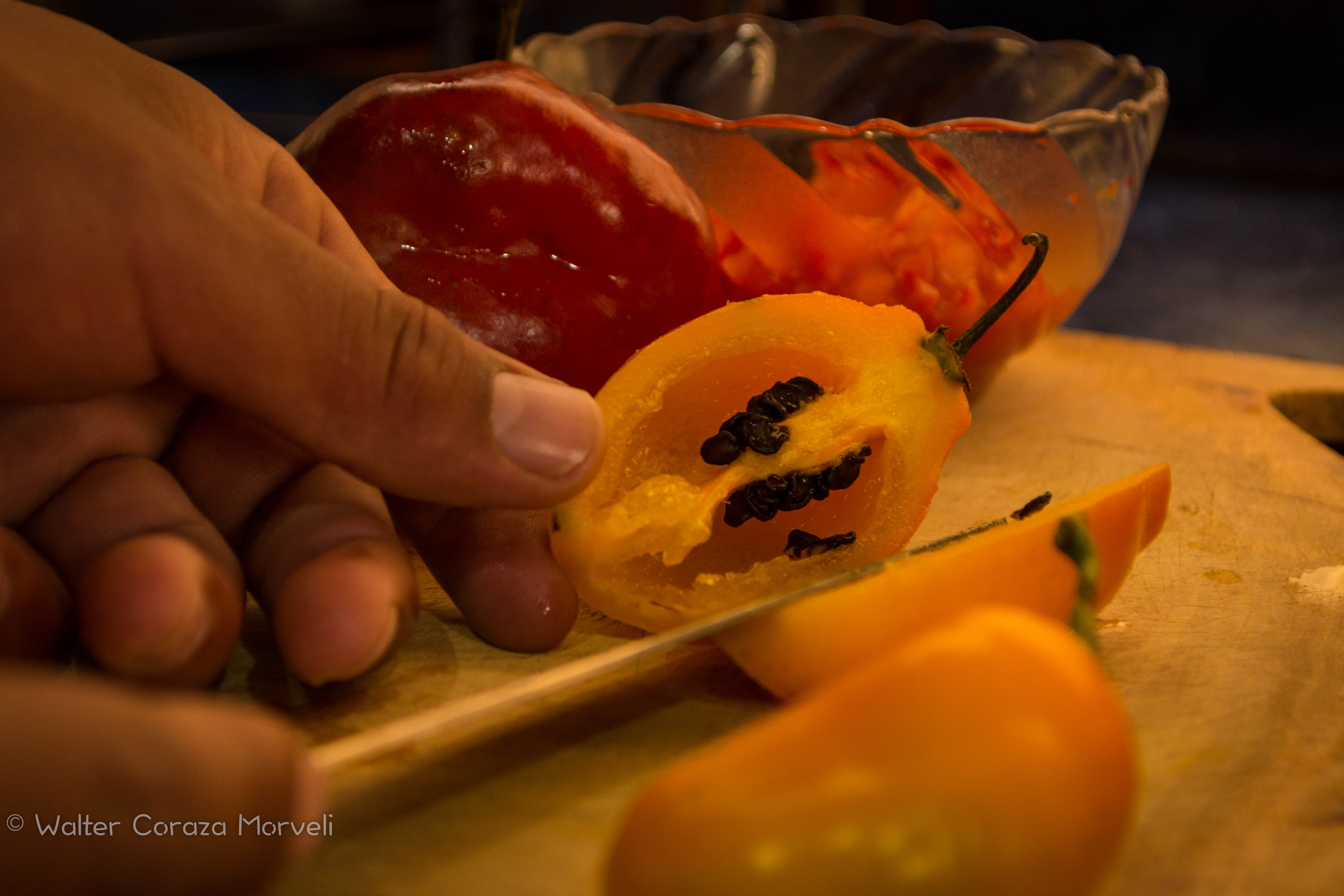
I bought peppers from Huancalle in Pisaq, Ccorao, Chinchaypuquio in Anta, and Urubamba, as well as one other that somehow I forgot to write down.
They show a wide variety of shapes, sizes and colors, however. In the rocoto de huerta, as Ughs writes, there is a great diversity awaiting exploration, while the other two—the rocoto (such as from Marcapata) and the peppers form the central jungle seem standardized and, perhaps, improved.
Nevertheless, the rocotos from Urubamba were all similar in shape and color, a bright yellow.
This is just a small example of the variety of rocotos available within Cuzco and not a systematic exploration, but it illustrates the range of types and colors here as well as suggests the differences in taste and spiciness (picor).
The diversity is not only useful for allowing the chef of home cook to choose a diversity of types, colors, tastes and spicinesses for gastronomic purposes. It is also very useful as a bank of variety for agriculture.
Cuzco is the land of the rocoto and it appears her, as we have seen, in glory and bite.




